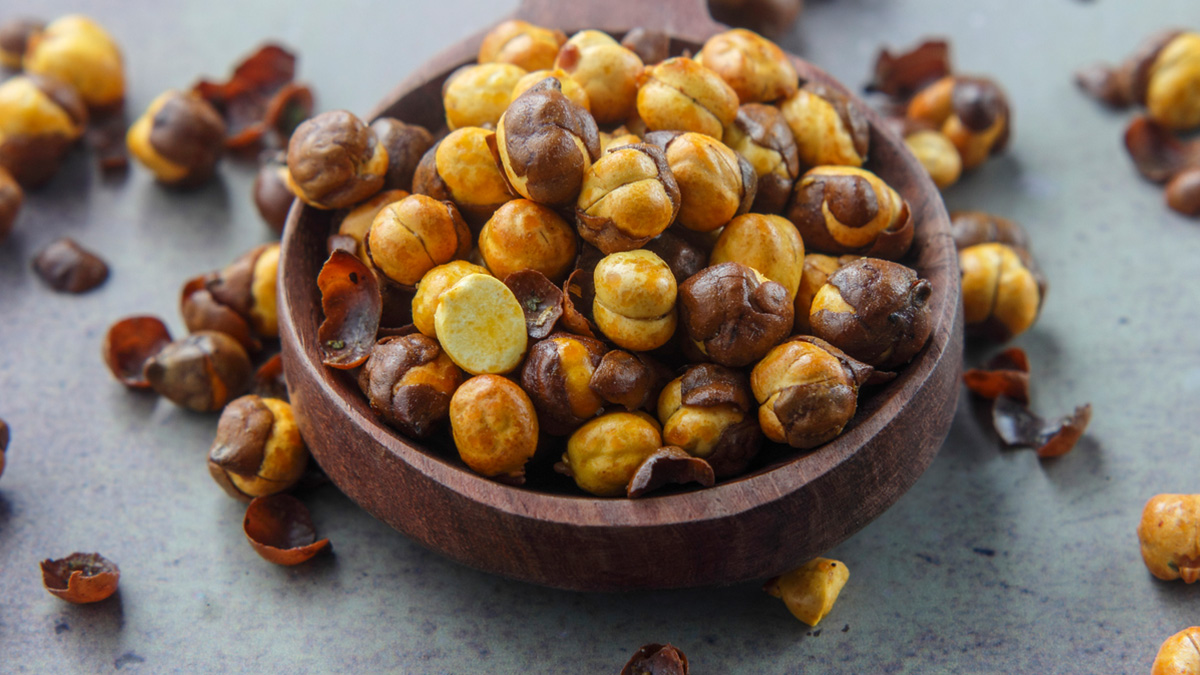Diabetes is a serious health condition that is relatively not easy to tackle. When the body is not able to produce enough insulin or is not able to react in the right way to it, glucose is left unattended and unprocessed, and keeps piling up in the bloodstream, leading to high blood sugar level. Apart from external medications, dietary and lifestyle change along with active physical routine is recommended for diabetics. Many scientific studies have been conducted in the past to understand the dynamics of the problem and come out with a concrete solution. This particular new study by Korea Advanced Institute of Science and Technology (KAIST) and New York University School of Medicine seem to have found a strong headway.
The researchers claim to have found a single neuron in the brain, which gets activated when sugar/food is consumed and is able to monitor and control sugar levels in the body. The team carried out the study on Drosophila, the vinegar fly and discovered that the glucose-sensing neuron could help in maintaining an ideal glucose balance, called homeostasis. The findings were published in the journal Nature.
(Also Read: Eating Avocados May Help Manage Obesity And Diabetes - Study)

Eating food may trigger a brain cell that may help in regulating diabetes
Dr. Yangkyun Oh, one of the lead authors stated, “Although glucose-sensing neurons were identified more than 50 years ago, the physiological role of glucose sensing in metazoans remains unclear. Here we identify a pair of glucose-sensing neurons with bifurcated axons in the brain of Drosophila.”
When the flies were fed food and sugar, the levels of glucose in their body increased, which activated the CN neuron. The neuron sent simultaneous signals to stimulate insulin and restrict glucagon secretion. This process led to maintaining an appropriate balance between the hormones and sugar in the blood.
“One axon branch projects to insulin-producing cells to trigger the release of Drosophila insulin-like peptide 2 (dilp2) and the other extends to adipokinetic hormone (AKH)–producing cells to inhibit secretion of AKH, the fly analogue of glucagon. We propose that these glucose-sensing neurons maintain glucose homeostasis by promoting the secretion of dilp2 and suppressing the release of AKH when haemolymph glucose levels are high,” added Dr. Yangkyun Oh.











